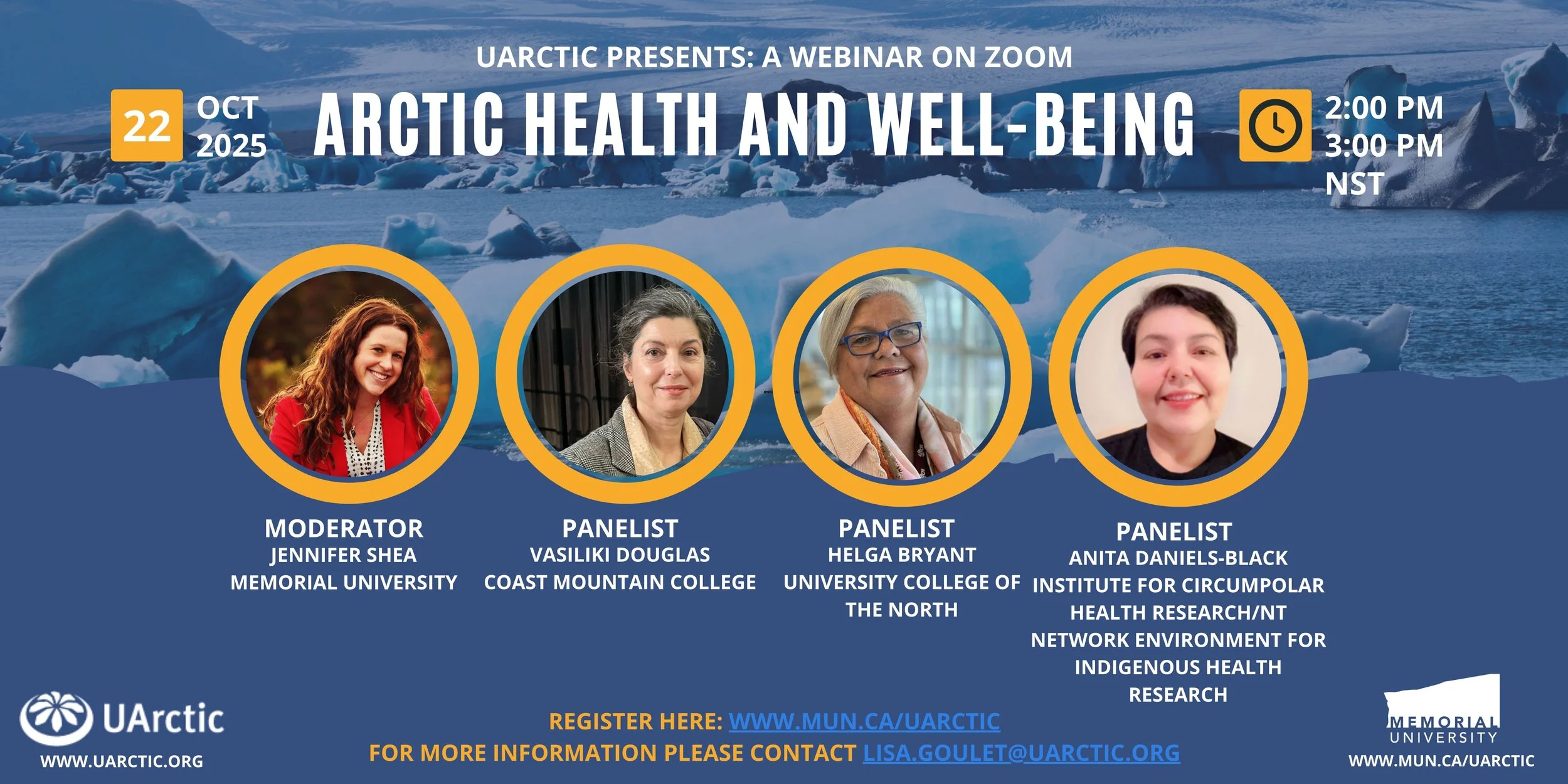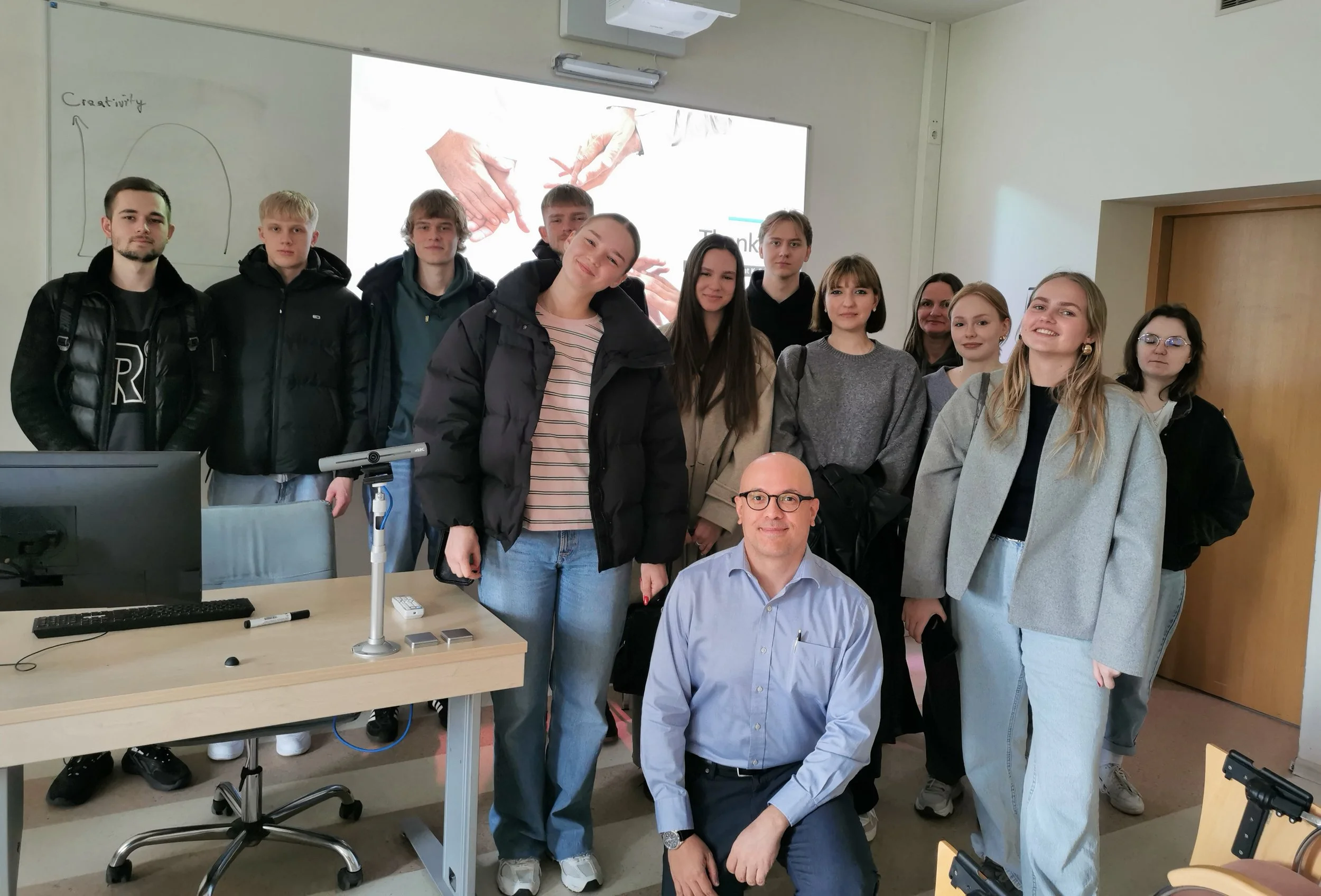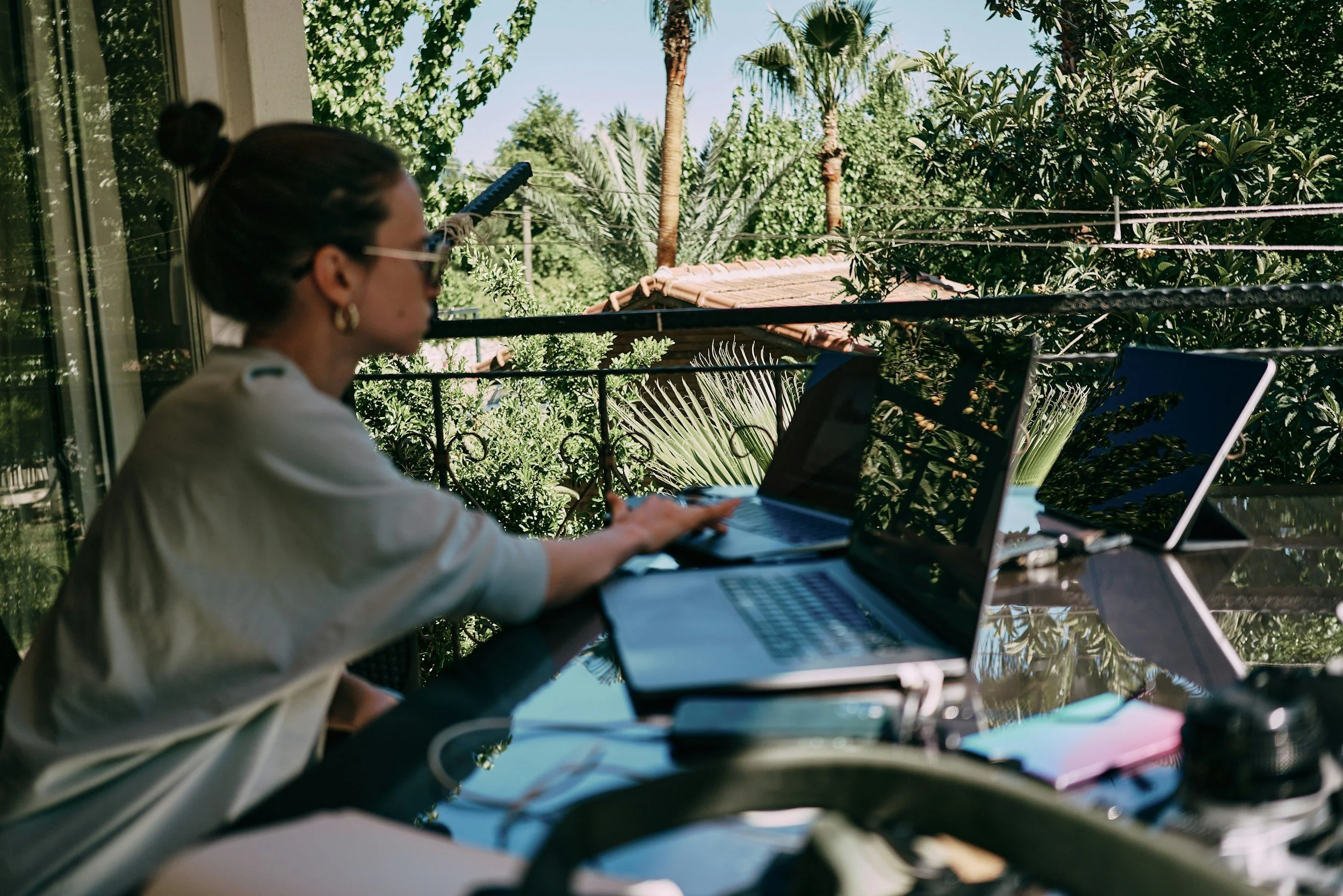Single Quotation Marks
Single quotes are used to indicate key terms or concepts.
Example: Sartre’s treatment of ‘being’, as opposed to his treatment of ‘non-being’, has been thoroughly described in Kaufmann’s book.Single quotes can also indicate a quotation within a quotation.
Example: “I was leaving the room when I heard someone yell ‘Look Out!’” explained Samantha.
Double Quotation Marks
There are four main ways to use double quotation marks.
1. Double quotation marks are used in academic writing to indicate information that is from another source. Enclosing text within double quotations signals to the reader that that information is from another source and it has not been paraphrased or altered in any way by the author of the work that the quotation appears in
Example:
Rosemarie Morgan argues that “Hardy does appear to have had some faith in aesthetic distance” (Morgan 297).
2. Double quotation marks are used to indicate speech or a quotation from a source.
Example:
“What are you doing?” Emily asked.
3. Double quotation marks are often used to indicate titles such as the name of a poem or a journal article. Generally, the titles of articles, poems, songs, or chapters in a textbook would be enclosed by double quotation marks. Always double check what citation style is required, and adjust your quotation use accordingly.
Examples:
“Ode on a Grecian Urn” is a poem by John Keats.
“Modernism and Gender” is a journal article in The Cambridge Companion to Modernism.
4. Double quotation marks are used as scare quotes. This use of quotations indicates an alternate meaning than the word would normally imply. For instance, this author is suggesting that politicians do not care about post-secondary student debt.
Example:
Politicians say that they “care” about post-secondary student debt.
Practice ↓
Insert Quotation marks where they are needed.
In class, the professor told us that what we put into the class we get out of the class. My friend looked at me and said, that is completely true.
I overheard a professor saying my first year students are very bright. He had them read the article, Getting around transit strike, in the Chronicle Herald, and they had very optimistic, efficient ways of how to avoid this problem in the future.
James Joyce’s novel, Ulysses, is often studied in English courses along with his poem, A Flower Given to my Daughter.
My favorite song is Mr. Jones by the Counting Crows. It is on their debut album, August and Everything After.
The traffic guard yelled stop when a person drove through the stop sign.
Don’t ever confuse then with than.
Dangerous? yelled Kaitlyn. You told me this would be fun, not dangerous!
Politicans worry about your best interest.
Kristen told me he professor said hand in all assignments at the beginning of class.
All corporations care about the environment.
Answers ↓
- In class, the professor told us that what we put into the class we get out of the class. My friend looked at me and said “that is completely true”.
I overheard a professor saying “my first year students are very bright”. He had them read the article “Getting around transit strike” in the Chronicle Herald, and they had very optimistic, efficient ways of how to avoid this problem in the future.
James Joyce’s novel Ulysses is often studied in English courses along with his poem “A Flower Given to my Daughter”.
My favorite song is “Mr. Jones” by the Counting Crows. It is on their debut album, August and Everything After.
The traffic guard yelled “stop” when a person drove through the stop sign.
Don’t ever confuse ‘then’ with ‘than’.
“Dangerous?” yelled Kaitlyn. “You told me this would be fun, not dangerous!”
Politicans “worry” about your best interest.
Kristen told me “the professor said ‘hand in all assignments at the beginning of class.’”
All corporations “care” about the environment.




















